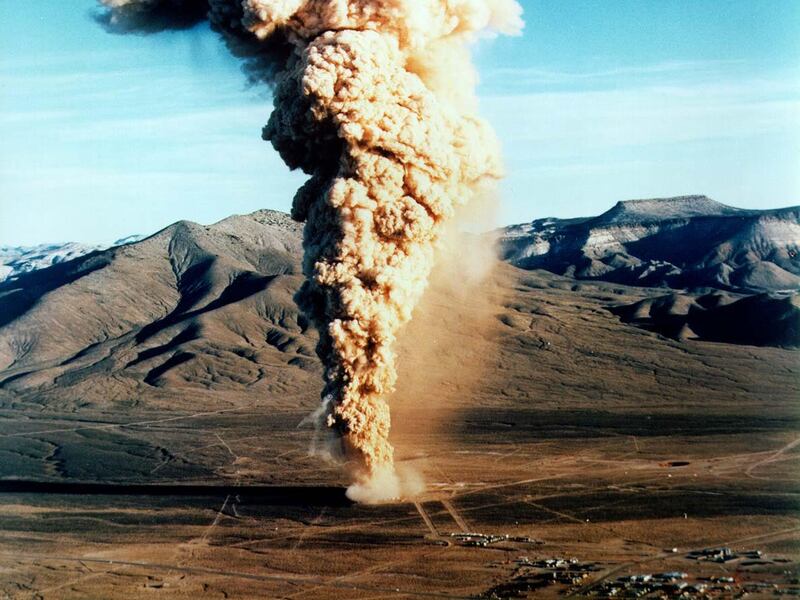In a May 3 editorial board opinion “The steep price of America bombing its own people,” it says “the interior West of the United States” is “the only part of the nation exposed repeatedly, over many years, to fallout from nuclear weapons tests conducted by the United States government.”
This is a gross underestimation of the nationwide extent of radioactive fallout spread from U.S. bomb testing in the atmosphere, fallout which, in fact, contaminated each and every county in the continental United States.
The board must certainly know of the groundbreaking October 1997 report by the National Cancer Institute, “Estimated Exposures and Thyroid Doses Received by the American People from Iodine-131 in Fallout Following Nevada Atmospheric Nuclear Bomb Tests.”
This report notes in its executive summary and in multiple map illustrations that “Some radioiodine was deposited everywhere in the United States, with the highest deposits immediately downwind of the NTS (Nevada test site).”
The report notes that “Ninety nuclear tests … released about 150 million curies of iodine-131, mainly in the years 1952, 1953, 1955, and 1957.” Of course beyond just iodine-131, there were dozens of other dangerous radioactive materials in the fallout. Radioiodine alone was studied because after being deposited on grass, it quickly contaminated cow’s milk and consequently the infants, children and adults that consumed the milk.
John LaForge
Luck, Wisconsin

